Simple Solutions to Kato Polyclays Problems
Introduction
Kato polyclay is one of those clays that people either love or hate. I am in the group that loves it. I talk about what Kato is
good for and the reasons to love it in the first part of this series: 14 Things I Love About Kato Polymer Clay.
However, as with all of the polymer clay brands it has its
problems and it has given me some uphill. Fortunately there are solutions for most of the problems, and in this article I will talk about Kato’s
drawbacks and how to overcome them.
Click here for a bullet point summary...
Kato Polyclay Smells!
I’ve found that the biggest problem for
people working with Kato polymer clay is the smell. Some people seem to be rather
sensitive to it. Others, like me, aren't bothered by it at all, even though I agree that it does have a stronger smell than most other brands .
I’ve heard that it can cause headaches. Some report that Kato smells almost like burning plastic.
Others say that it smells like new plastic.
The smell is amplified when it’s
placed in an oven to cure and some say that they can smell it even after it’s
cured.
Kato polymer clay smells worse when it has just been unpackaged than it does when it has been left to air for a few hours.
I’ve also found that the black has the strongest smell. Some of the
more neutral colors like the brown and translucent don’t smell nearly as strong.
Solutions:
- Air your new Kato polymer clay blocks for 24 hours before using them. You can do this by placing them outside under a porous cover such as a dishtowel. This will allow the clay to release some of the chemicals that cause the smell, without it getting dirty or dusty. (Make sure to keep it out of direct sunlight though, or it may begin to cure.)
- Work with your clay in a well ventilated room, close to an open window if possible. The air movement will disperse the chemicals released from the clay. If you live in a cold climate, a small fan blowing across the space above where you are working will achieve the same result.
There isn’t much more that you can do about it.
Only some people are affected though. My mother has a rather sensitive nose and
has never complained about the smell.
The only real way to know if you will be
affected is to test a block of clay for yourself. It's worth giving it a try, because there are so many other great things about Kato polymer clay.
Bashing Kato Polyclay
Conditioning has to be the second biggest
problem when it comes to Kato polyclay. People complain that it tends to crumble and
break apart, and that it takes forever to condition and is just an overall pain to work
with.
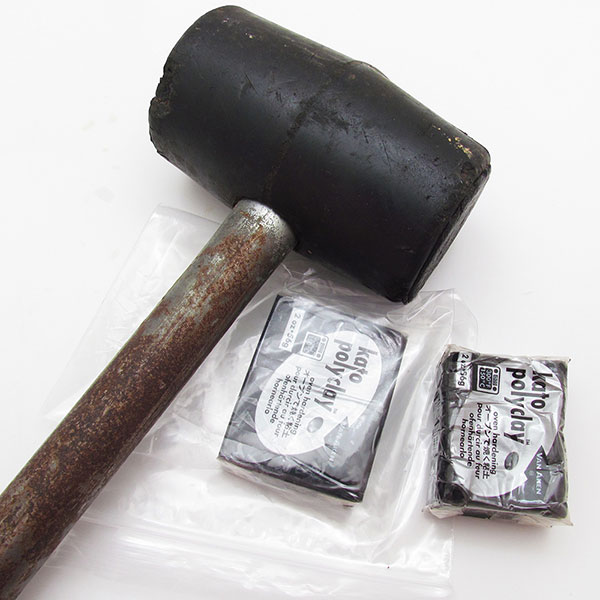 The clay in the bag hasn’t been bashed yet, while the clay on the right has.
The clay in the bag hasn’t been bashed yet, while the clay on the right has.This
problem is easily fixed with a few tricks:
- The first and most important thing is
to make sure that you’re buying fresh clay. Any clay that has been sitting on a
store shelf for months will be tough to work with. I’ve had Premo blocks like
that and they were just about useless. I've had to throw blocks away. Here are my best tips for buying fresh polyclay, as well as, a list of reputable polymer clay suppliers.
- Another important thing to consider is storage. You want to make sure that you aren’t storing your clay in a place where the sun will shine on it. This can cause it to start to bake and become hard.
- The next thing, is to get it to ease up before trying to condition it. Your pasta machine isn’t going to be able to do this for you. Put the clay into a bag and hit it with a mallet, or use a Neverknead. If your Kato is fresh, the clay will soften up considerably after a few good bashes and will become much easier to work with. You can then complete the conditioning process with a pasta machine or a roller. (This one tip revolutionized my relationship with Kato polymer clay!)
 The clay in the bag hasn’t been bashed yet, while the clay on the right has.
The clay in the bag hasn’t been bashed yet, while the clay on the right has.- If your Kato is a little old, you can often soften it up by working a few drops of Kato liquid polymer clay
or mineral oil into it. If this doesn’t work, you can mix in a bit of Premo as
a last resort. See my article: How To Soften Polymer Clay for more tips and ideas.
- Treat Kato polymer clay gently. This clay really is not meant to be jammed through a thin setting on the pasta machine in large lumps. This leads to crumbling and broken pasta machines. Roll your Kato to a reasonable thickness with a roller first and then put it through your pasta machine at progressively thinner settings. Take it easy with your clay and Kato polyclay will be easy on you.
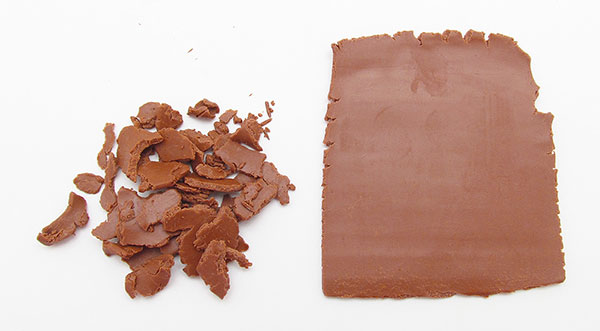 The Kato on the left is old clay that has been forced through a pasta machine on a thin setting in a lump. The Kato on the right is fresh clay that has been taken slowly through the thickest setting down to the thinnest.
The Kato on the left is old clay that has been forced through a pasta machine on a thin setting in a lump. The Kato on the right is fresh clay that has been taken slowly through the thickest setting down to the thinnest. The Kato on the left is old clay that has been forced through a pasta machine on a thin setting in a lump. The Kato on the right is fresh clay that has been taken slowly through the thickest setting down to the thinnest.
The Kato on the left is old clay that has been forced through a pasta machine on a thin setting in a lump. The Kato on the right is fresh clay that has been taken slowly through the thickest setting down to the thinnest.Having said all this, Kato will still be firmer than most other clay brands, and it will be substantially stiffer than Premo. However, don't dismiss it, because it is this firm consistency that makes it so perfect for caning.
Where Are all The Kato Polyclay colors?
Kato polyclay doesn’t come in a range of premade colors
like other brands such as Premo and Fimo. You will have to mix up your own colors before you can use the clay. If
you don’t mix them, the spectral colors (red, orange, yellow, blue, turquoise, green, purple and magenta) will turn out looking like cheap
plastic and will be horrible.
Solution:
Mix up your own colors and keep recipe cards so that you can easily repeat them.
If you’re a person who likes to use a color
straight out of the packet, this may seem like a whole lot of extra work, but it's really fun once you get the hang of it and it's easy. Because Kato comes in pure colors you can mix up any color you want using the basic color wheel and there is no risk of your colors coming out muddy.
There's also no need to worry about your favorite color suddenly being discontinued! Plus, your colors will be unique. If you're selling your work, this gives you an edge over the competition.
kato Polyclay techniques for the Brave
While Kato polymer clay has long been revered
for being the best clay for canes, there are a few techniques you wouldn’t want
to use this clay for.
Sculpting is the worst thing to try with
Kato. If you want to make little cupcake charms or miniature
poodles, you shouldn’t use Kato. The clay is simply too stiff for this sort of
thing. Premo on the other hand is a perfect clay for sculpting as it’s
much softer.
It also isn’t the best polymer
clay to use with mica powders. If you’re brushing mica onto the surface of the
clay, you’ll find that it doesn’t stick very well. This is because Kato polymer clay is much oilier than some of the other brands. This can be a good
thing if you’re caning, but not great when it comes to brushing on powders. If
you intend to mix the mica powder into the clay however, it’ll work just fine.
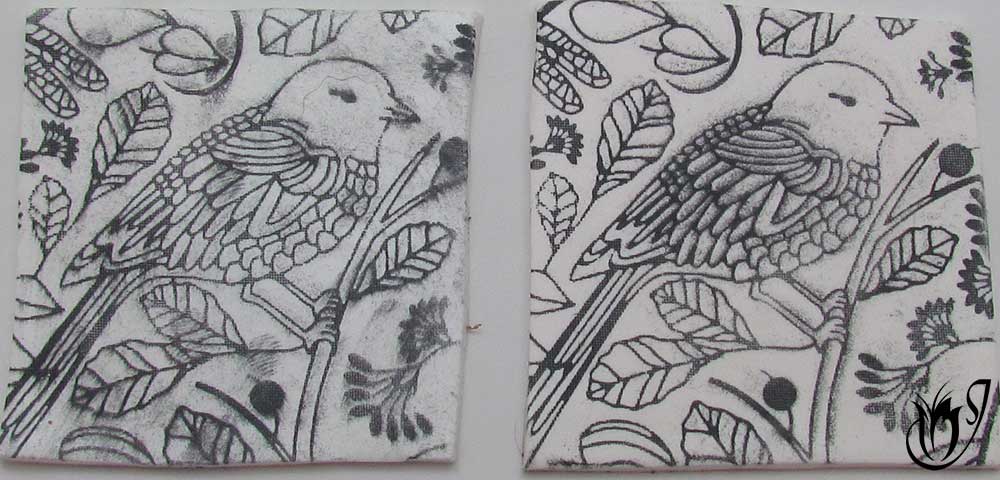 The sheet on the left is Kato and as you can see the powders have smudged very easily. The sheet on the right is Premo. The mica powder is much harder to smudge on this clay.
The sheet on the left is Kato and as you can see the powders have smudged very easily. The sheet on the right is Premo. The mica powder is much harder to smudge on this clay.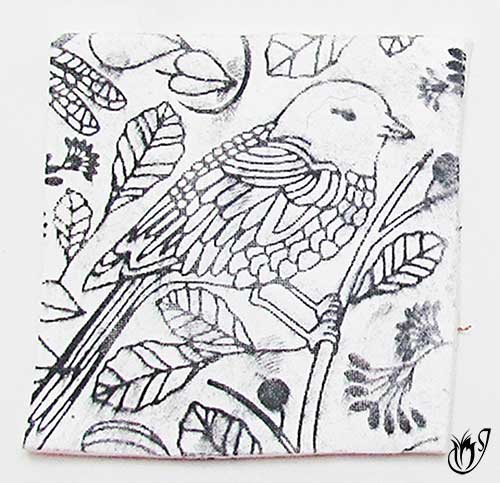 This clay sheet is Kato and as you can see the powders have smudged very easily.
This clay sheet is Kato and as you can see the powders have smudged very easily.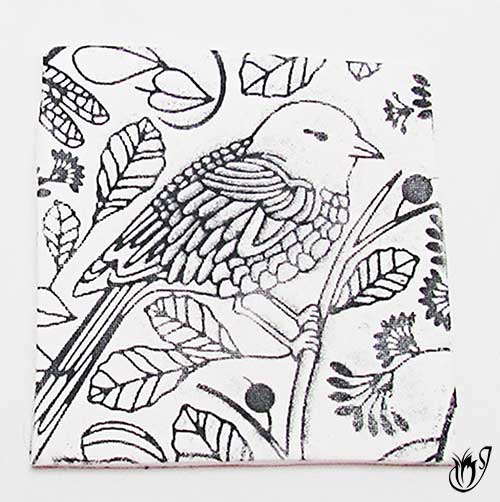 This clay sheet is Premo. The mica powder is much harder to smudge on this clay.
This clay sheet is Premo. The mica powder is much harder to smudge on this clay.Kato polyclay is still a rather versatile clay and will work with a wide range of techniques, other than caning, such as mokume gane and faux stones, so don’t be discouraged.
Kato Polyclay: the ice block
The bottom line here is that Kato is a
terrible clay to work with in cold weather. It’s stiff and brittle and almost impossible to use. Even with all the conditioning tips mentioned above, it will still be
horrible to work with.
So if you want to work with it, you have to
make sure that you’re in an environment that’s fairly warm. This is one of the
reasons why I like to have some Premo on hand as well as Kato. It leaves me
with options for all weather.
in summary...
So to summarize, Kato polyclay has a few drawbacks:
- It has a relatively strong smell in comparison to other brands. Some people are really bothered by it, while others barely notice. The best way to overcome this problem is to air the clay before using and to work in a ventilated area.
- It is harder to condition than some other brands. I have found that this can be quickly and easily remedied by bashing it a few times with a mallet before running it through the pasta machine.
- It does not come in a wide range of premade colors and is, therefore, not good for using straight from the packet. However, because it does come in artists primaries it is easy to mix your own colors.
- There are some techniques for which Kato polyclay is not well suited, for instance, molding and mica powder surface techniques. It is, however, by far the best clay for caning.
- And finally, Kato is almost impossible to work with in cold temperatures.
Is Kato Polyclay Worth a Try?
Kato Polyclay can be a bit more fiddly than
some of the other polymer clay brands like Premo, but it’s still a great clay
to work with, and with some patience can produce very rewarding results which is why it is the favorite of many polymer clay artists.
Every single brand of polymer clay has its problems. None of them are perfect. Sometimes it's worth having more than one polymer clay brand on hand to accommodate your needs as each has completely
different benefits. It’s really up to you to decide which brand suits you best. To see a comparison on the main polymer clay brands, take a look at my page: Which Polymer Clay Is Best?
Which clay is your favorite? Let me know in the comments below and don't forget to like and share!
articles in this series
- Which Is the Best Polymer Clay Brand?
- Kato Review: Video
- 14 Things I Love About Kato Polymer Clay
- Simple Solutions to Kato Polyclays Problems
- Premo Review: Video
- Why Premo Clay is Deserving of Its Sparkly Reputation
- Painless Solutions to Premo Polymer Clay's Flaws
- Fimo Professional - The All In One Polymer Clay
- Is Fimo Professional Polymer Clay Perfect?
- Sculpey III Review: Video
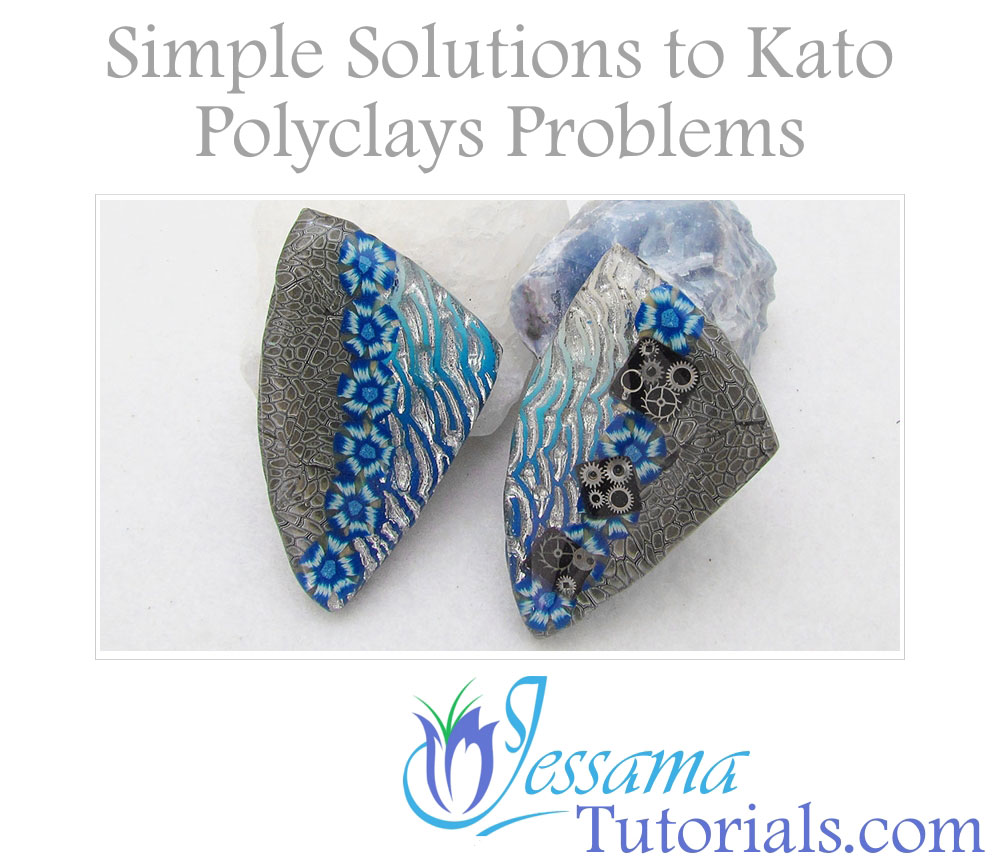
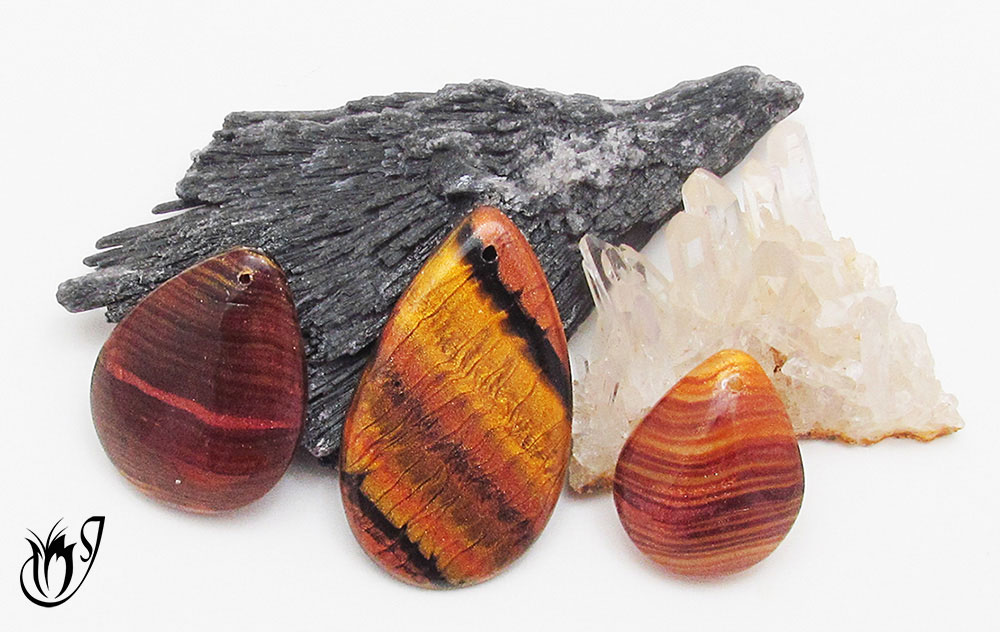
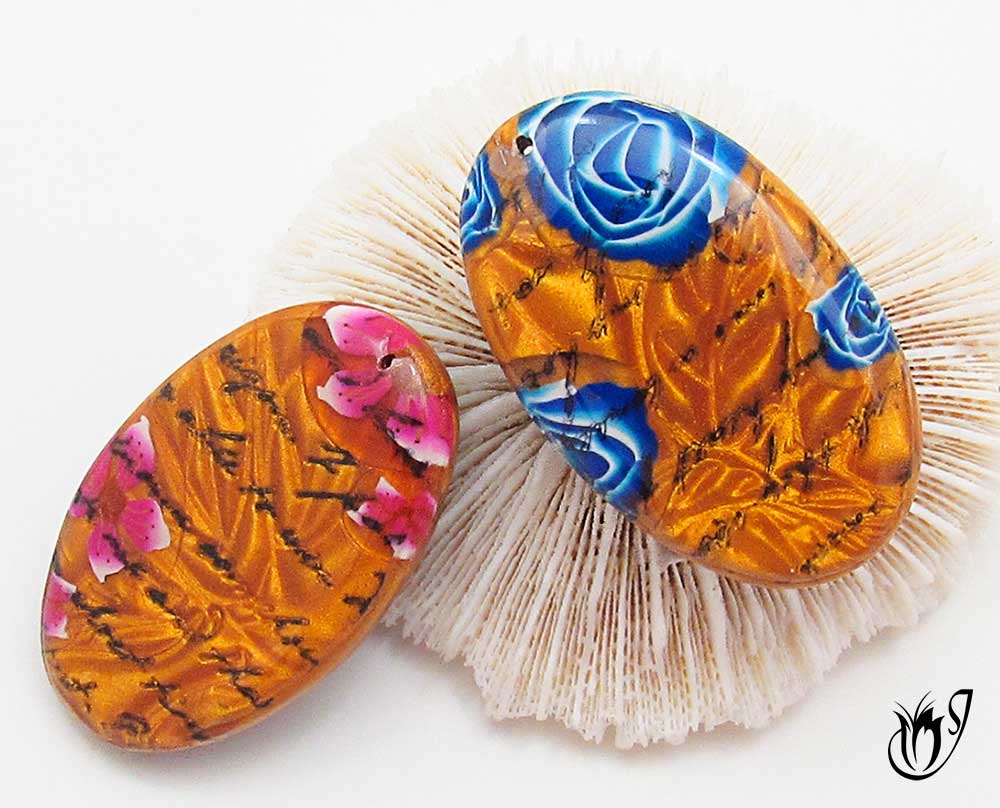
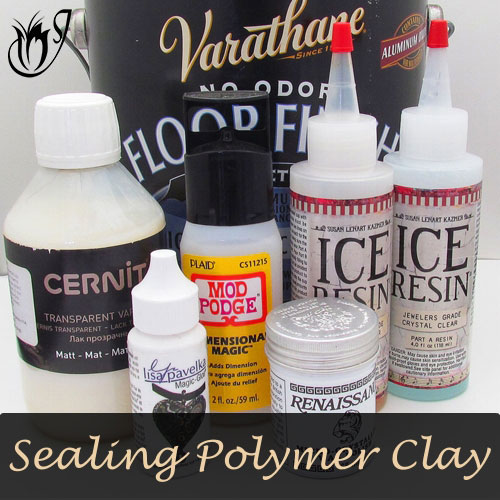
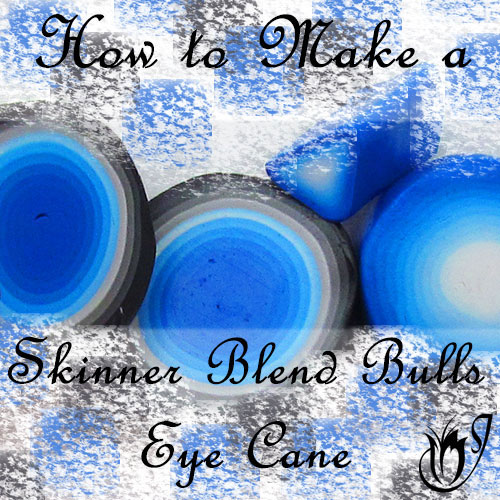
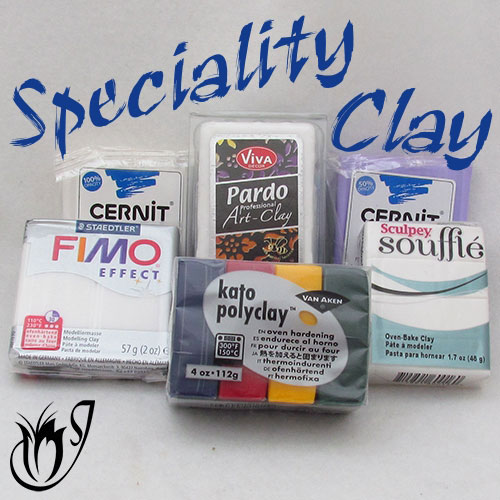
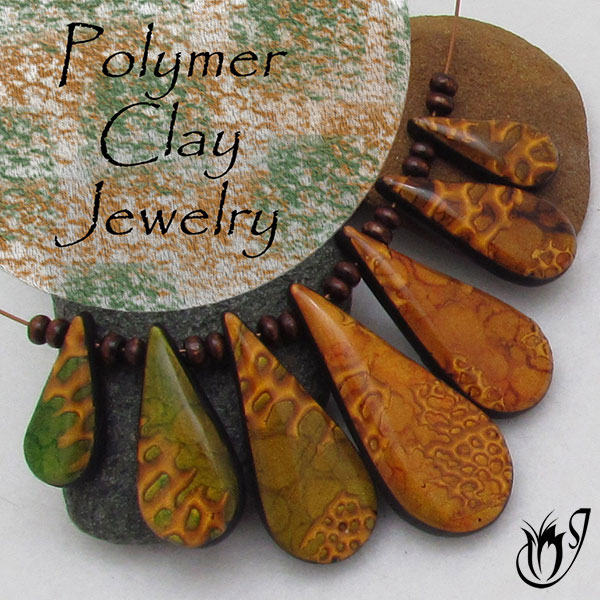



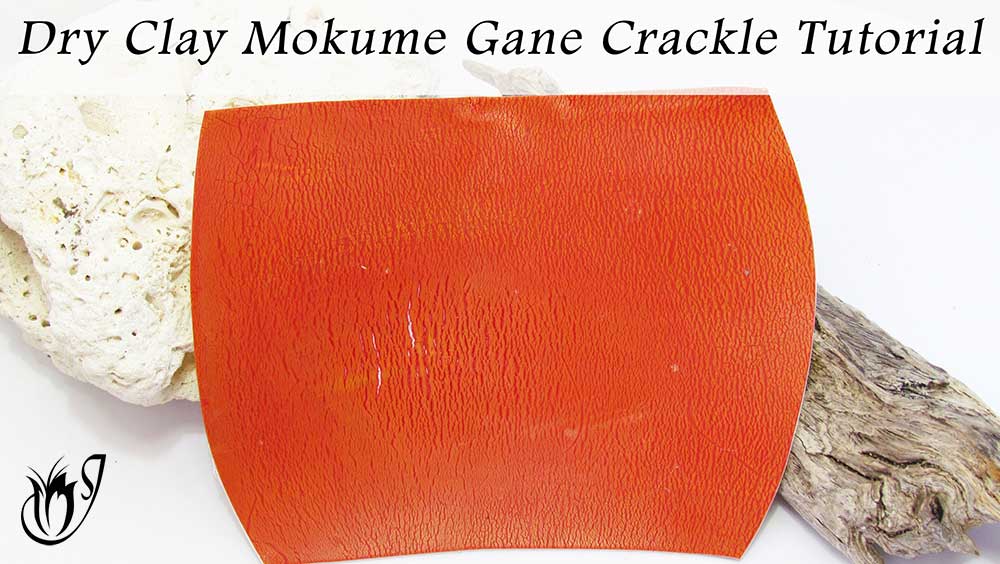







Please leave your comments below: